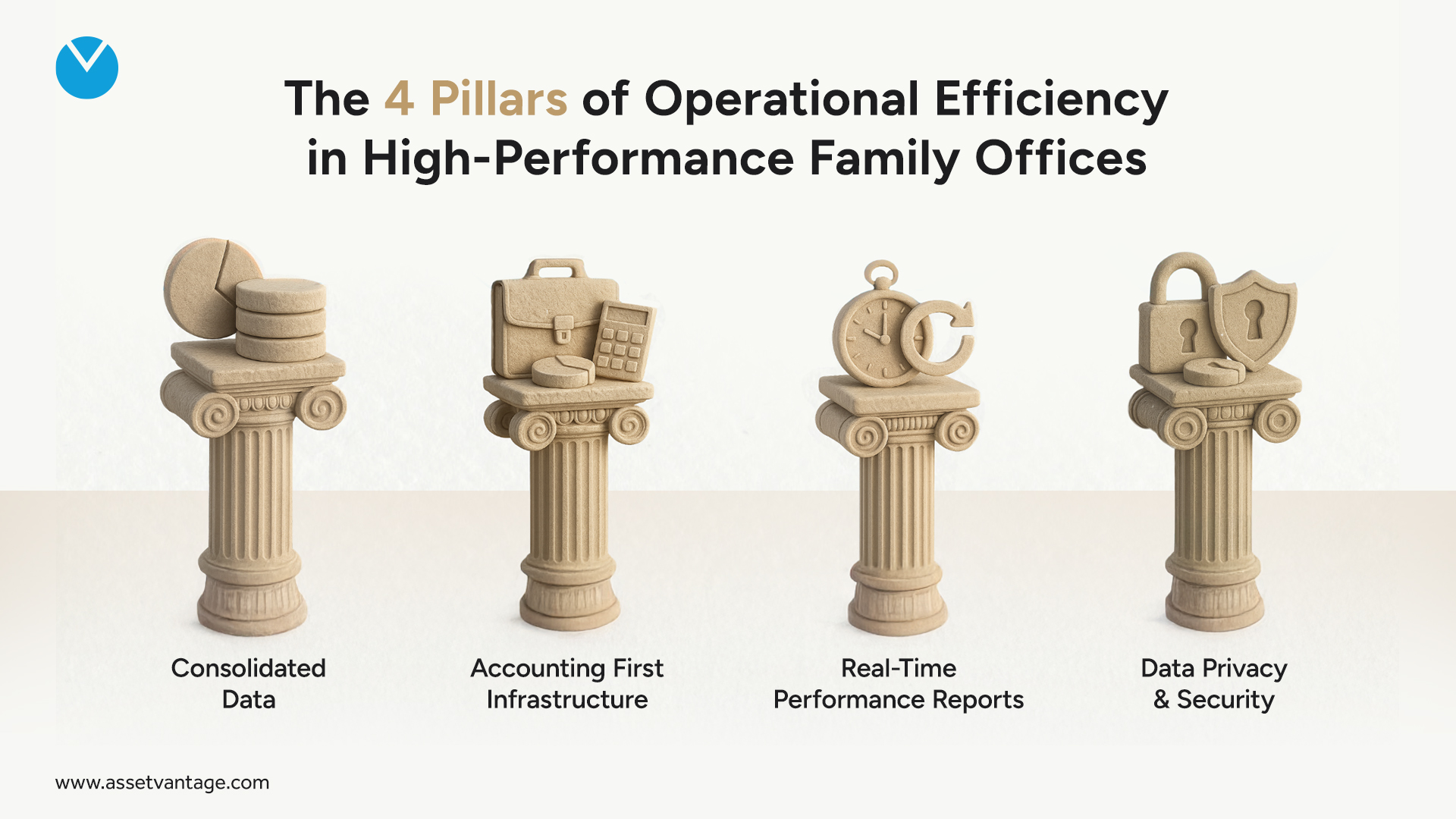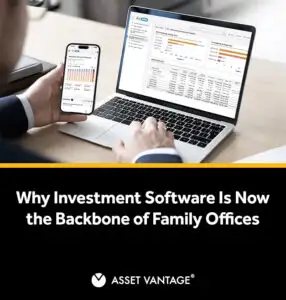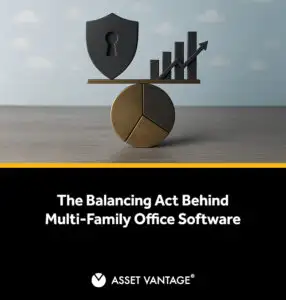Read Time4 Mins
Legacy systems and fragmented data cause inefficiencies that impact strategic growth.
Standardizing and automating workflows reduce manual errors and free up teams for strategic tasks.

Everyone knows it costs money, but only a few see how fast it drains trust, delays decisions, and hides risks that never show up on a balance sheet.
The real problem? Legacy systems, scattered data, and patchwork processes that weren’t built for today’s complexity. Over time, these inefficiencies don’t just slow you down, they chip away at the very foundation your family office was built on.
The Slow Burn of Inefficiency
According to Campden Wealth, 40% of family offices say fragmented financial data slows decision-making and makes them inefficient. But that’s just the surface.
The real issue is a deeper, systemic inefficiency—one that steadily erodes four critical forms of capital:
- Financial Capital: This is where inefficiency bites in the short term. Markets don’t wait and if you’re stuck chasing old numbers, you’ve already missed the window. Delays lead to missed rebalancing, outdated allocations, and gut calls instead of data-backed decisions. In multi-entity family offices, even small reporting gaps multiply fast.
- Human Capital: Smart people don’t stick around to clean up broken processes. They want to do meaningful work and not get buried under manual processes. So, they move to places where their skills matter.
- Relational Capital: When numbers don’t match or data can’t be trusted, family members lose confidence. Not just in the reports, but in the people behind them. Once relational trust cracks, it’s tough to rebuild.
- Strategic Capital: Long-term vision demands clarity. But when you’re chasing reports or second-guessing the data, strategy fades into noise and you can’t focus on forward-looking planning, innovation, or legacy-building.
Where Family Offices Get It Wrong
Family offices often mistake technology adoption for transformation. They add dashboards, stack new tools, and build one workaround on top of another. This isn’t transformation—it’s high-tech procrastination.
Buying technology without fixing the data beneath is like painting over cracks, it may look better temporarily, but nothing is structurally fixed.
What actually works: The Four Pillar Framework
- Accounting-First Infrastructure – Clarity starts with order. And order starts with disciplined, double-entry systems. You get audit-ready transparency, historical continuity, and numbers you can trust. Built to last, not break when someone leaves.
- Consolidated Data – One source of truth. Real efficiency comes from a single, unified view of every entity, asset, and custodian. From multiple balance sheets down to a single dashboard, consolidated intelligence means no more guesswork, just clear, actionable data.
- Real-Time Insights – Automated feeds refresh your portfolio with the day’s closing values, empowering you with real time insights available on demand.
- Privacy and Security – Hosted on a dedicated virtual private server, with role-based permissions and full audit trails, every action is tracked, and access is tightly controlled. You retain ownership, ensure compliance, and protect what matters most.
When these pillars align, family offices make faster, smarter decisions, ensure smoother operational transitions, close governance gaps, and free teams to focus on strategy—not data cleanup.
Choose Efficiency, Secure Your Legacy
Book a demo today and let’s fix what’s slowing you down.







